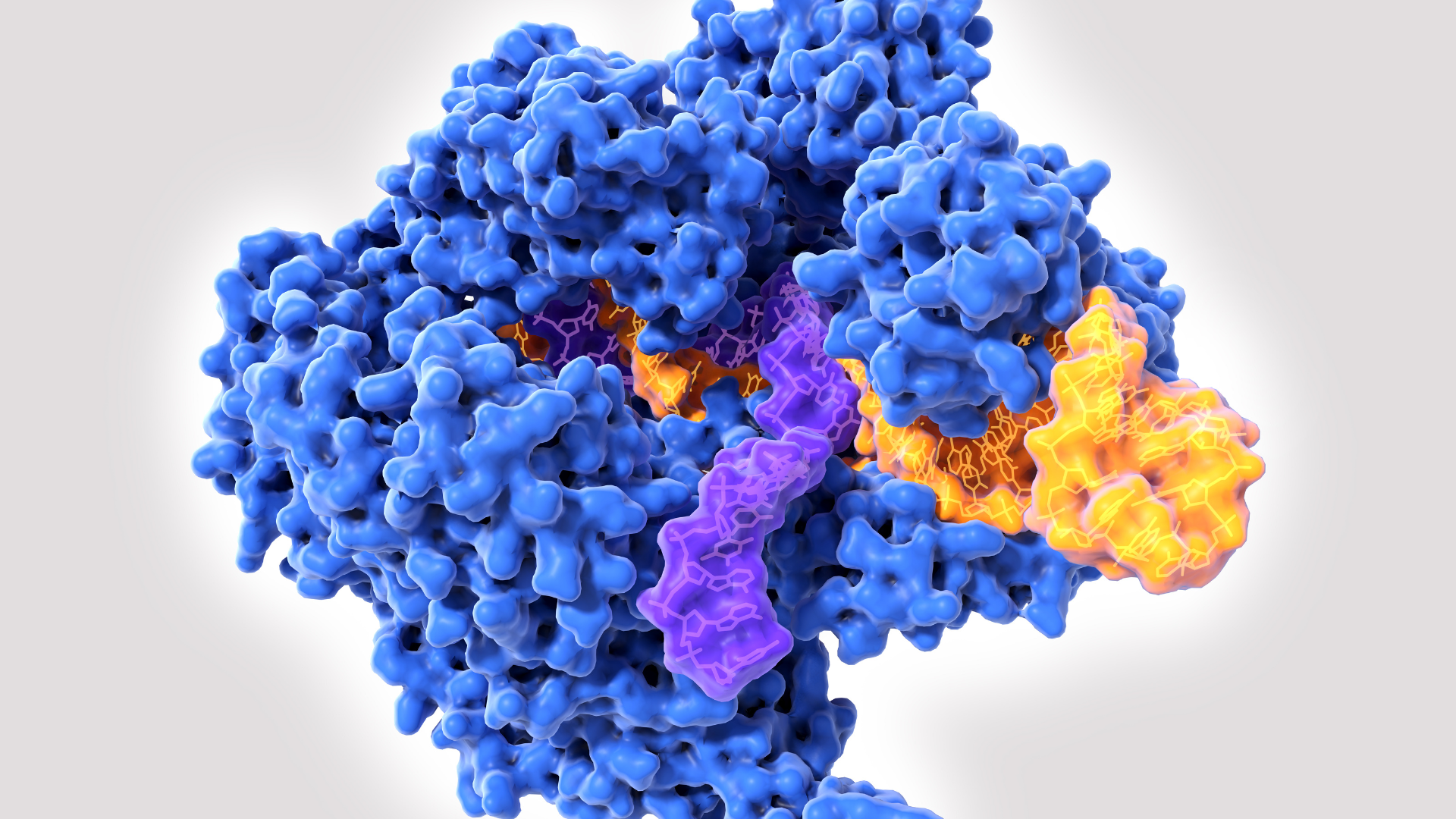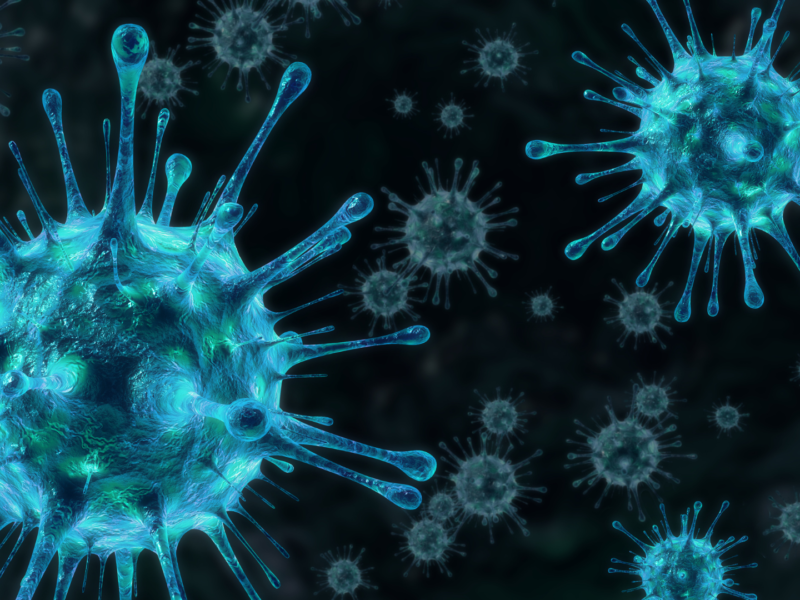Welcome to the future of genetic engineering! The groundbreaking technology known as CRISPR-Cas9 has taken the scientific world by storm, promising a revolutionary approach to treating and preventing diseases. Imagine being able to edit genes like a word processor, fixing genetic mutations that cause illnesses and hereditary diseases.
It’s no wonder that this breakthrough tool has captured the imagination of researchers worldwide. Join us as we explore the incredible promise of CRISPR-Cas9 for improving human health – and beyond!
What is CRISPR-Cas9?
CRISPR-Cas9 is a new tool for editing genes that have the potential to revolutionize medicine and other fields. CRISPR-Cas9 allows for precise, targeted changes to be made to DNA, which can then be used to correct genetic diseases or modify cells for research or other purposes.
While CRISPR-Cas9 is still in its early stages of development, the potential applications of this technology are vast. In the future, CRISPR-Cas9 could be used to treat a wide range of diseases, from cancer to HIV/AIDS. Additionally, CRISPR-Cas9 could be used to improve crops and livestock, or even create new organisms.
The possibilities for CRISPR-Cas9 are endless, and the potential benefits for humanity are immense. As we continue to learn more about this powerful tool, it will surely have a profound impact on how we live and work.
How Does CRISPR-Cas9 Work?
CRISPR-Cas9 is a tool that can be used to change the DNA of living cells. It consists of two parts: the Cas9 protein, which cuts DNA, and a guide RNA (gRNA) molecule, which directs the Cas9 protein to a specific location in the genome.
The gRNA contains a sequence that is complementary to the target DNA sequence. When the gRNA binds to the target DNA, the Cas9 protein cleaves the DNA at a specific location. This break in the DNA can be repaired by one of two mechanisms: non-homologous end joining (NHEJ) or homology-directed repair (HDR).
NHEJ is an error-prone mechanism that often introduces mutations into the genome. HDR is a more precise mechanism that can be used to introduce specific changes into the genome. CRISPR-Cas9 can be used to insert new genes into genomes or to delete unwanted genes.
CRISPR-Cas9 has been used to edit genes in various organisms, including bacteria, yeast, plants, and animals.
Its potential applications are vast and include:
- Creating crops with improved pest resistance.
- Developing new therapies for genetic diseases.
- Generating animal models for studying disease progression.
Applications and Benefits of CRISPR-Cas9
The most promising application of CRISPR-Cas9 is in the treatment of genetic diseases. By correcting the faulty genes that cause diseases like cystic fibrosis and Duchenne muscular dystrophy, CRISPR-Cas9 could potentially cure these conditions. The technique has already been used to successfully treat other genetic diseases in animal models, and clinical trials are underway to test its safety and efficacy in humans.
CRISPR-Cas9 could also improve crop plants and livestock, by introducing desirable traits such as disease resistance or improved yield. In the future, it may even be used to create “designer” babies, by editing the genes that determine physical characteristics like height or eye color.
While CRISPR-Cas9 is promising to improve human health and agriculture, it raises ethical concerns. Some worry that the technology will be misused to create “superhumans” with enhanced physical or mental abilities, or used to genetically engineer animals for food production. These concerns must be carefully considered as CRISPR-Cas9 moves from the laboratory into real-world applications.
Ethical Considerations in Gene Editing
When it comes to CRISPR-Cas, a few ethical considerations need to be taken into account. The first is the potential for off-target effects. This is when the Cas9 protein cuts DNA at a site that is not the intended target. This can lead to serious health consequences, including death.
Another ethical consideration is the potential for creating “designer babies.” This is when parents use CRISPR-Cas to edit the genes of their unborn child to select certain traits. This could create a new form of inequality in society, where those with access to this technology have an advantage over those without access.
The concern is that CRISPR-Cas could be used maliciously, such as creating bioweapons. The possibility of misuse must be considered when developing this technology and strict controls should be implemented to prevent abuse.
Ethical considerations must be taken into account when it comes to the editing of human embryos. The potential consequences of making permanent changes to the genetic code are not fully understood and could lead to unforeseen health risks. All decisions about gene editing must be made with caution and consideration for potential risks.
Potential Downsides to CRISPR-Cas9
There are a few potential downsides to CRISPR-Cas9. First, there is the potential for off-target effects, meaning the Cas9 protein could cut DNA at sites other than the intended target site. This could lead to unexpected mutations and potentially harmful side effects. Second, there is also the potential for CRISPR-Cas9 to be used for nefarious purposes, such as creating genetically modified organisms (GMOs) with enhanced characteristics that could harm humans or the environment. Some have raised ethical concerns about using CRISPR-Cas9 to edit human genes, particularly for future generations who will inherit the edited genes.
Enhancing Health Through Genetic Engineering
The potential of CRISPR-Cas9 technology is both exciting and overwhelming. It can revolutionize medical treatments, alleviate human suffering, and make it easier for scientists to research genetic diseases.
We are just beginning to scratch the surface of this powerful tool and its health implications. However, as we further understand how it works, its potential applications will become even more impressive.



